
Pigment of Your Imagination
Submitted: Nov. 2, 2022, 3:31 p.m.
Autumn is the time when the Garden changes its colors. The once lush, green garden spaces begin to take on shades of yellow, orange, and red. But what makes the leaves change these colors?
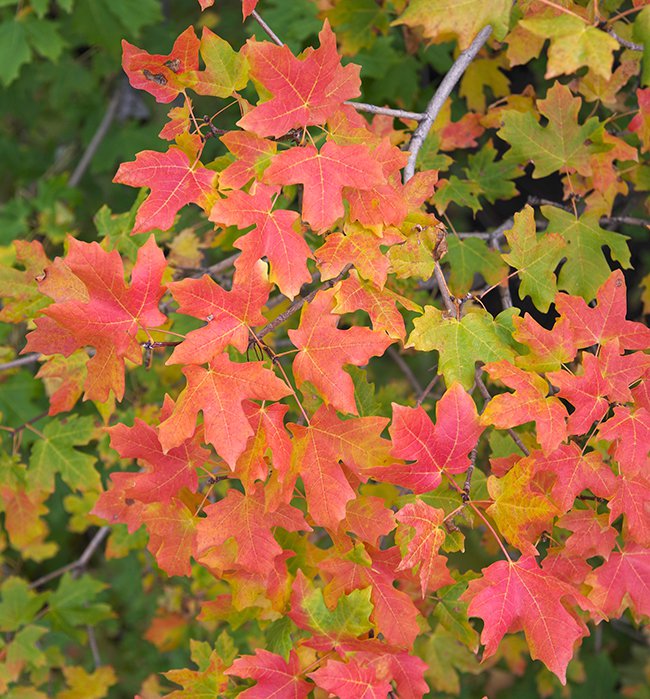
Bigtooth Maple (Acer grandidentatum)
Leaf color comes from a handful of different pigments produced within the leaves.
Chlorophyll: The most important group of pigments. These pigments give leaves their green color, and without them, plants wouldn’t be able to photosynthesize.
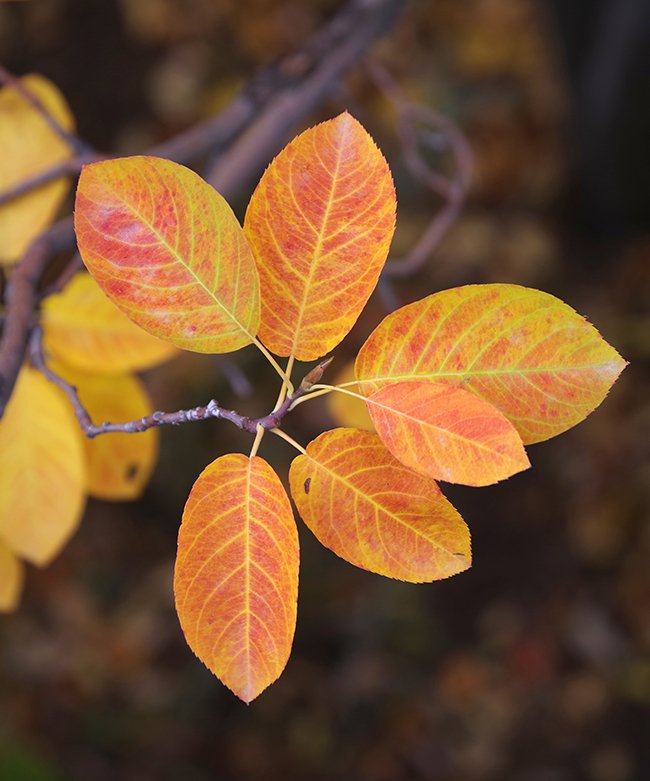
Canadian Serviceberry (Amelanchier canadensis)
Carotenoids: These pigments create bright yellows and oranges in leaves. They are also found in corn, carrots, bananas, and other fruits.
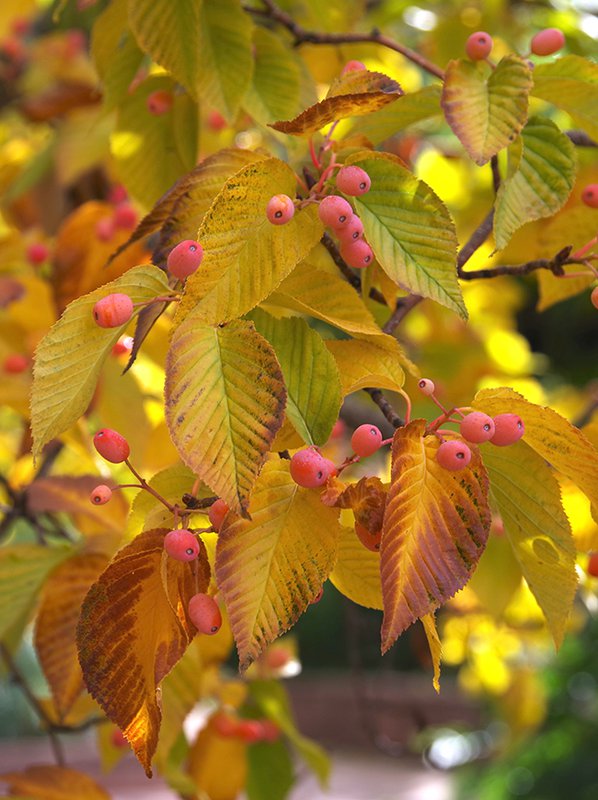
Korean Mountain Ash (Sorbus alnifolia)
Chlorophyll and carotenoids are present in leaves all year long, but the chlorophyll is in such high amounts that it masks the colors of the carotenoids. It isn’t until plants begin breaking down and absorbing the chlorophyll in the fall that the carotenoids begin to show.
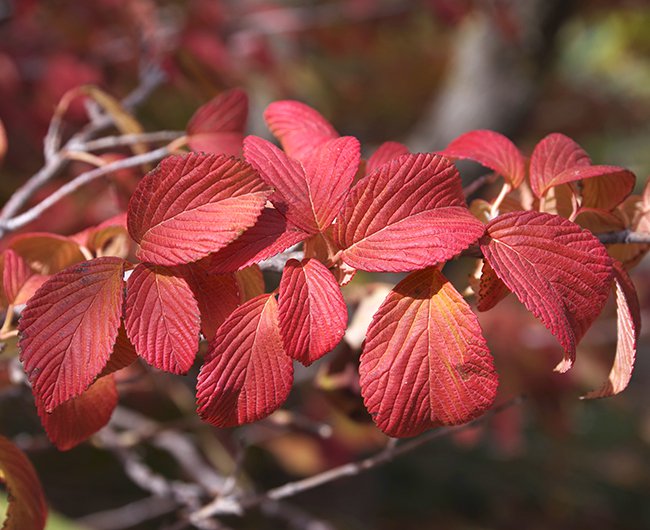
Doublefile Viburnum (Viburnum plicatum f. tomentosum 'Shasta')
Anthocyanins: These are the pigments giving leaves their red and burgundy colors, and are also present in apples, cranberries, cherries, strawberries and other red and purple fruits.
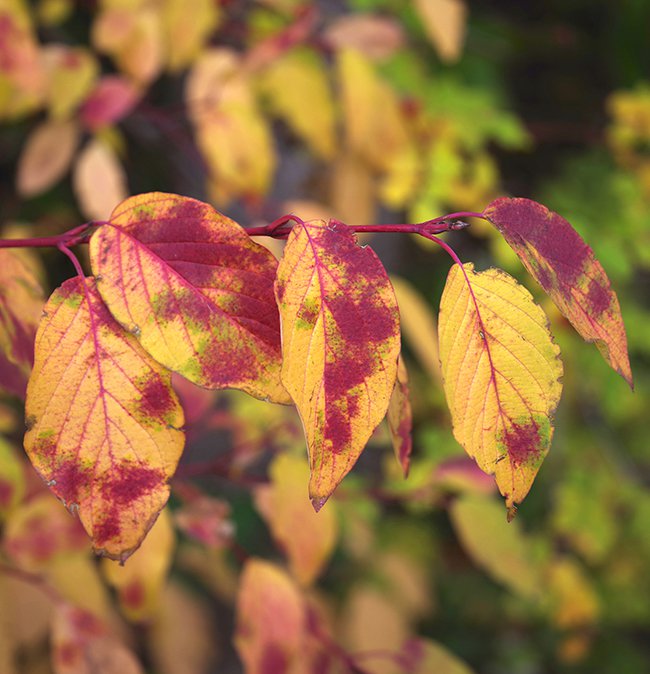
Red-twig Dogwood (Cornus sericea)
Anthocyanins are not present during most of the year, but are instead produced in the fall. Not all plants produce anthocyanins, but in those that do, they are made after photosynthesis stops, and the glucose that is trapped in the leaves is converted into these pigments.
It is the combination of all these pigments that create the beautiful fall foliage we enjoy each year.
Photos by Jason W. Baker